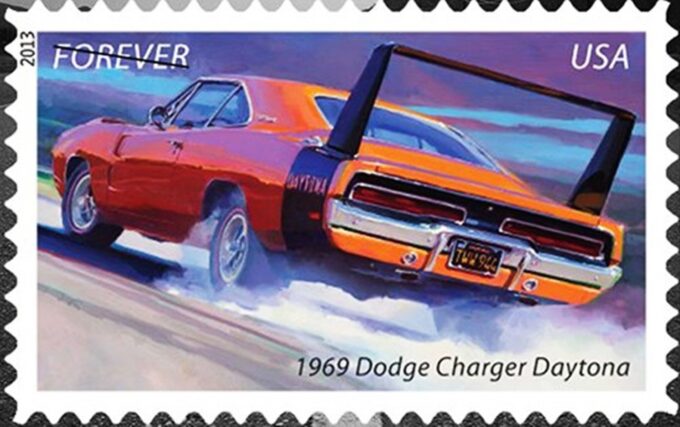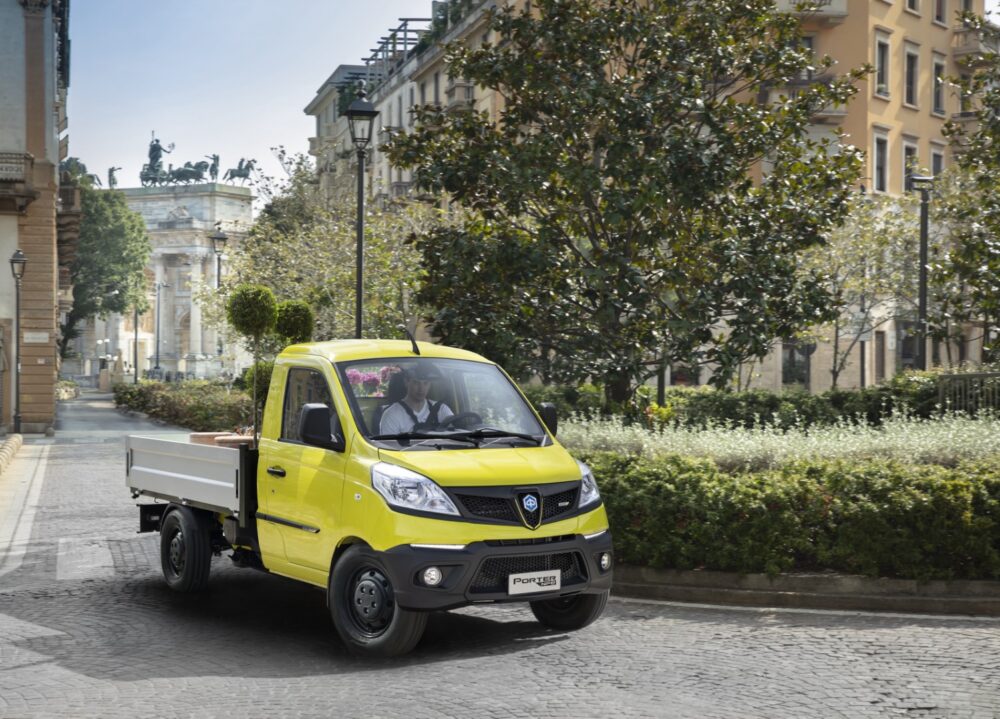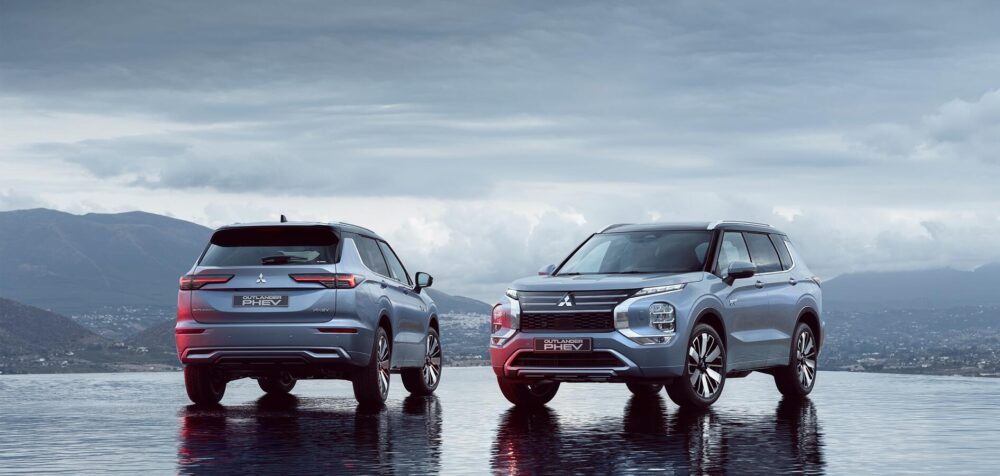Pony Cars: Mustang and Co. as a stamp
FOR THE REAL FANS With a series of stamps, the United States Postal Service is recalling vehicles that made a splash from the mid-1960s until the oil price crisis of 1973.

The first generation of the Ford Mustang, introduced in the U.S. in 1964, coined its own genre of U.S. automobiles, that of pony cars: sporty cars with long hoods, short rear ends and affordable prices. The car was named after the replica of a Mustang on its radiator grille, which stood for a member of a horse species that lived wild in North America, a mixture of various European domestic horse breeds.
Young people target group
The engines of these coupes and convertibles consisted of six- or eight-cylinder machines with somewhat more modest power, in contrast to the then-trendy, beastly and more expensive muscle cars (example Chevrolet Corvette or Plymouth Fury).
The American Motors Corporation (AMC), Chrysler, General Motors and Ford groups had young people in mind as the target group. Thus, the Mustang with a 2.8-liter six-cylinder engine, 78 kW - 106 hp and a three-speed manual transmission initially cost $2368 (about $33,000 in today's value).
Although namesake of a complete car genre, the Mustang was not even the first representative of its kind. That was the Plymouth Barracuda of Chrysler presented two weeks before, whose mass and engine corresponded approximately to the Mustang.
Lee Iacocca had the idea for the Mustang
The father of the Mustang was Lee Iacocca, Ford's managing director at the time. At the beginning of the 1960s, he commissioned a marketing study to find out what kind of car would attract young buyers in particular.
As a result, it turned out that such a project could best be accomplished with the further development of the Ford Falcon, which was popular at the time. The Ford Mustang was finally developed on the platform of the Falcon and was available as a two-door coupe, fastback and convertible with rather modest basic equipment.
Mustang broke all sales records
Individual seats in the front, carpeted floor, shift lever on the center tunnel and sports steering wheel. If you wanted eight cylinders under the hood instead of the six-cylinder engine, four gears instead of three, and a little luxury, you could easily raise the base price of just under two and a half thousand dollars by 60 percent.
Nevertheless, the Mustang sold like hot cakes and broke all sales records for automobiles after the Second World War. Of course, the competition took an example and brought their own pony cars on the market. There were even European representatives such as the Ford Capri or the Opel Manta.
Detroit built the most successful models
But the most successful came from Detroit and the surrounding area.
Five of them, namely.
- Mercury Cougar XR-7 GT from 1967
- Chevrolet Camaro Z/28 from 1969
- Dodge Charger Daytona from 1969
- Ford Mustang Boss 302 from 1969
- Dodge Challenger R/T from 1970
the U.S. Postal Service is now erecting a memorial.
Source: Car-Medienportal.net
usps.com












